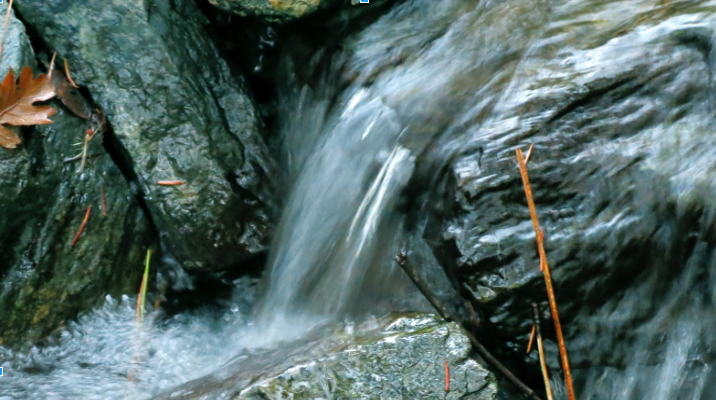Using the Force: Gravity Feed Drip Systems

When a reservoir of water is situated above your garden, you can easily work with a gravity-feed drip irrigation system. Whether the source of that water is a well, cistern, rainwater catchment, or pond, a gravity system may suit your watering needs perfectly.
Elevation & Pressure
We find that each gravity system is unique due to its location and every setup requires a certain amount of tweaking to get the desired results. For instance, not all gravity systems have low pressure. Elevation changes affect pressure (psi) in this way: Every 2.31 ft in elevation= 1 psi. So, for every 10 foot of rise you will gain 4.3 psi.
In systems with pressure below 4 psi, drip emitters will allow the water through, but they won’t be able to regulate the flow properly. Low pressures inherent in gravity feed systems with very little elevation change offer challenges that can only be met with items that are designed specifically for those conditions. Fortunately, demand is influencing the market and more options are available every year.
Because gravity systems pull water from reservoirs, it is critical that your water storage is consistently full for your drip system to work optimally. Assuming that you have a tank that is 7’ tall and placed above the garden, there could be as much as 3 psi difference in pressure from a full tank to a nearly empty tank. Folks who rely on reservoirs for irrigation usually keep a good eye on them, so that should not be an issue. In terms of troubleshooting problems with a low pressure system, it’s something to look at, as are possible clogs in the filter. If you’re working with pond water, it’s important to inspect your filter very regularly.
Water Cleanliness
Cleanliness of the water is a major consideration when designing a gravity feed drip system. We define clean water as coming from a municipal water source or storage container free of debris and thoroughly filtered. Dirty water is defined as coming from ponds, rainwater, or any open water catchment tanks. Drip Depot has both clean water and dirty water gravity feed drip irrigation kits. Both have inline filtration. The main difference between our clean water and dirty water kits is in the emitters that we use.
In dirty water situations, normal button drippers would clog from particulates that are present in the water running through the drip irrigation system. The advantage to using a 1⁄4” micro shut-off valve as an emitter is that the orifice is larger, allowing debris to pass through without clogging the drip point. It is also adjustable. In our clean water kits we use pressure compensating drip emitters.
Timers & Gravity Feed Systems?
Adding a battery-operated timer close to the garden will make watering on a schedule a breeze. The important thing to remember here is to match the timer’s minimum pressure rating to your system's minimum psi. Most hose end timers require a minimum of 7 - 15 psi to operate. For low or minimal pressure systems the Irritec Zero Pressure Timer has a mechanical valve that will open as set.
Gravity feed systems are growing in popularity, especially as rainwater catchment becomes more prevalent. There’s a lot more information about system installation and care on our website, and we’ve got several kit options to choose from. See the list of helpful resources below.
Remember: “Gravity wins over all other known forces.” -Andrea Ghez, astronomer
Resources you may find helpful:
Drip Irrigation Systems for Gravity Feed
Gravity Kit Selection Guide
Gravity Kits for Dirty Water
Gravity Kits for Clean Water
Videos
Tools